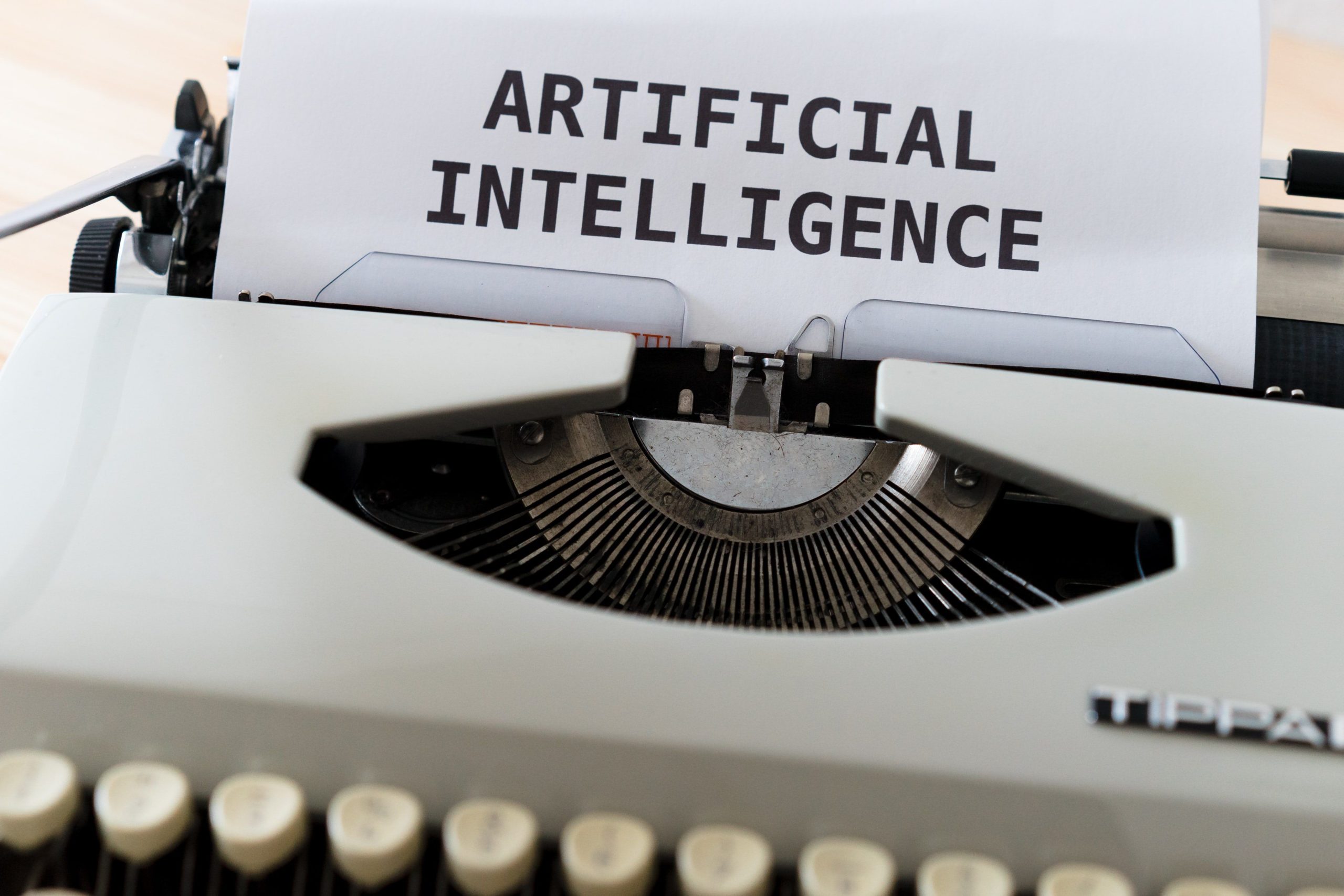
Every 12 months, the U.S. Patent and Trademark Business office (USPTO) assessments thousands of patent purposes involving synthetic intelligence (A.I.), the main know-how behind so several buyer solutions and industrial innovations these days. As fascination in A.I. patents grew and the definition of A.I. broadened in the latest yrs, it is tough to continue to keep an exact tab of each individual A.I. patent likely by the procedure and monitor how the trend improvements over time. To tackle that problem, the USPTO recently utilized its very own A.I. abilities to establish A.I.-similar patents from as early as the 1970s in a sea of paperwork.
Earlier this month, the USPTO’s Business of the Chief Economist (OCE) introduced a pair of knowledge data files called the Synthetic Intelligence Patent Dataset (AIPD), created employing a machine learning tactic that analyzed patent textual content and citations in all U.S. patent documents recorded due to the fact 1976. A person of the files identifies patents issued and pre-grant publications (PGPubs) released between 1976 and 2020 that consist of one or more of 8 A.I. engineering elements beneath the USPTO’s definition.
People elements consist of knowledge processing, speech, A.I. hardware, evolutionary computation, organic language processing, equipment mastering, eyesight and arranging and control.
The 2nd facts file consists of the patent files utilised to train the equipment learning styles.
The information clearly show a constant raise in A.I. adoption more than the past four decades, with a noteworthy inflection position happening in the decades among 1999 and 2002, the implementation time period of the American Inventors Protection Act (AIPA).
“In the 16 many years from 2002 to 2018, once-a-year A.I. patent programs improved by more than 100 %, soaring from 30,000 to extra than 60,000 each year,†according to a USPTO report published in Oct 2020, which cited an previously version of the dataset. “Over the exact same time period, the share of all patent applications that comprise A.I. grew from 9 p.c to nearly 16 p.c.â€
Companies that individual the most A.I. patents in the U.S. include things like IBM, Microsoft and Google.


Evaluating the A.I.-generated success with manual critique by patent examiners with centered experience in A.I., scientists uncovered that the machine discovering tactic used “achieves condition-of-the-art performance across present options in the literature,†USPTO scientists wrote in a paper posted this month.
“We believe releasing this dataset will reinforce policy formulation, stimulate additional empirical perform, and offer researchers with a widespread base for constructing empirical awareness on the determinants and impacts of A.I. invention.â€

